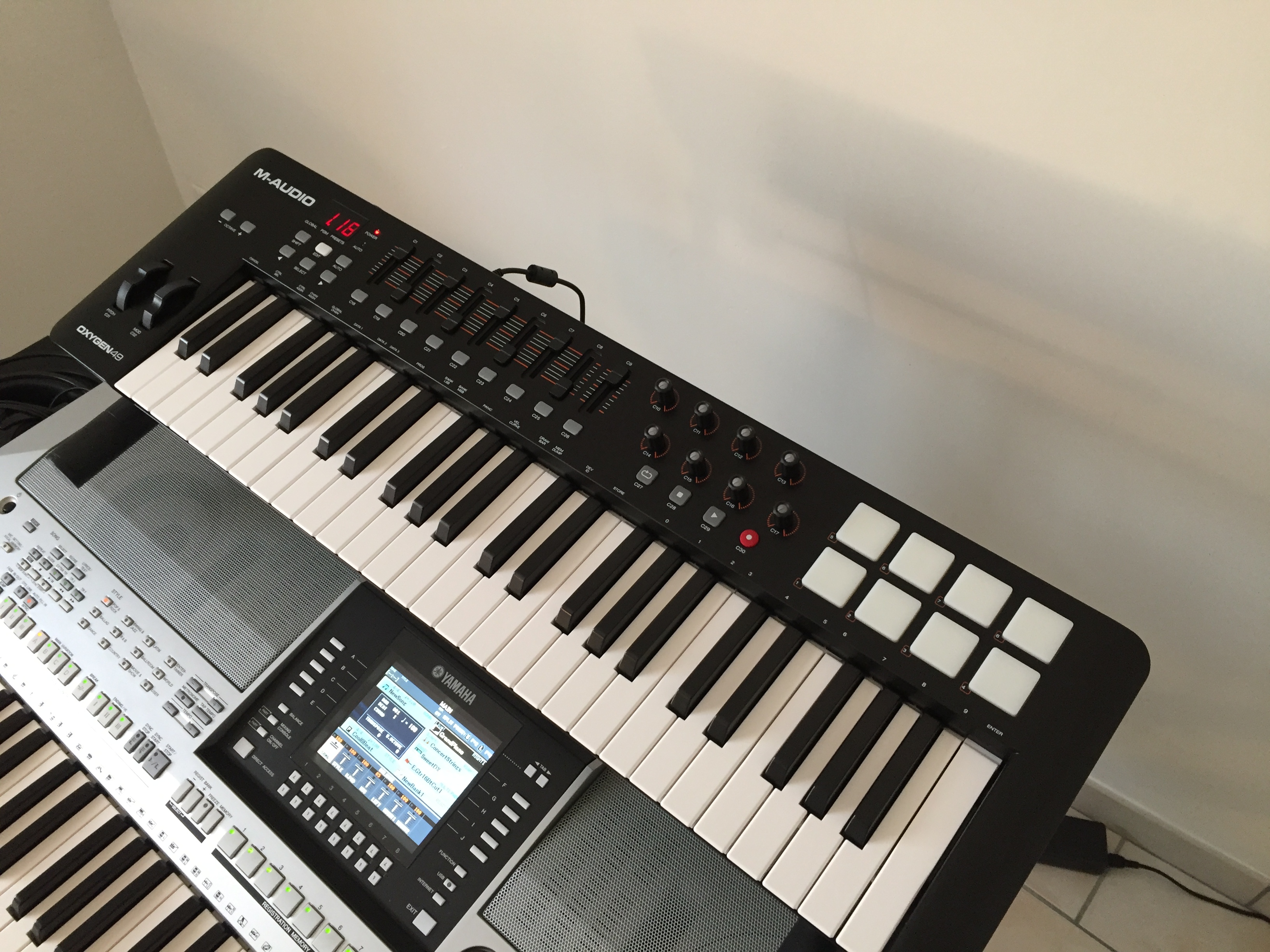
If at this point after I play something intense with a lot of chords and sustains and the audio still drops out, that's when I'll reduce the polyphony. After that I'll start playing with the internal sample rate until it bothers me (getting too dull). Next is reducing the buffer until it's within a range that latency isn't an issue anymore and the audio doesn't crackle an pop with too little of a buffer. Often times I go with 48k as I feel it has the best compromise with quality and processing load. The first thing I reduce is the sample rate. All of these settings have pros and cons which you're going to have to weigh. OPTIONS > PERF is also where you should be looking to see your CPU usage in real time.Īll of this really depends on your system, and more importantly, how much you care about the quality. The downside is that decreasing the internal sample rate will darken the sound (because it takes a higher sample rate in order to accurately generate higher frequencies, see the Nyquist-Shannon sampling theorem). This will have the most dramatic effect in CPU. This changes the sample rate of Pianoteq's engine. Go under OPTIONS > PERF and you will see a setting called INTERNAL SAMPLE RATE. There's one more setting you should take a look at that will be most beneficial to you. Increasing the buffer size is another good way to reduce the CPU, but the effects aren't as drastic to the CPU compared to how much latency that's added (the time it takes between pressing a key to hearing a sound).

The new convolution reverb will be the most CPU intensive, but again is pretty minimal compared to the physical modeling. I would say effects are pretty minimal to the CPU activity.

Reducing polyphony is another good way to to keep the CPU down, as it limits the number of simultaneous voices (though Pianoteq is a little more complicated than that, but it still reduces the computations because there's less to compute when you have a limit). Reducing the sample rate helps, of course (a higher sample rate helps with high frequency generation and lower latency at the cost of more processing power). So while it is good to have a dedicated audio processor (such as a sound card or an audio interface) to handle the audio itself, that's only a portion of load that Pianoteq generates.

There's a ton of calculations going on inside of Pianoteq (no samples, all modeling) which is why it is very CPU intensive. However, Pianoteq is a bit more complicated than that. Often times audio interfaces and possibly some sound cards will have ASIO drivers which helps with all of the audio processing.

What OS/device are you using? I'm not as familiar with Mac OSX, but for me using Windows the biggest difference for me was using an ASIO driver (such as asio4all) instead of built in audio.


 0 kommentar(er)
0 kommentar(er)
